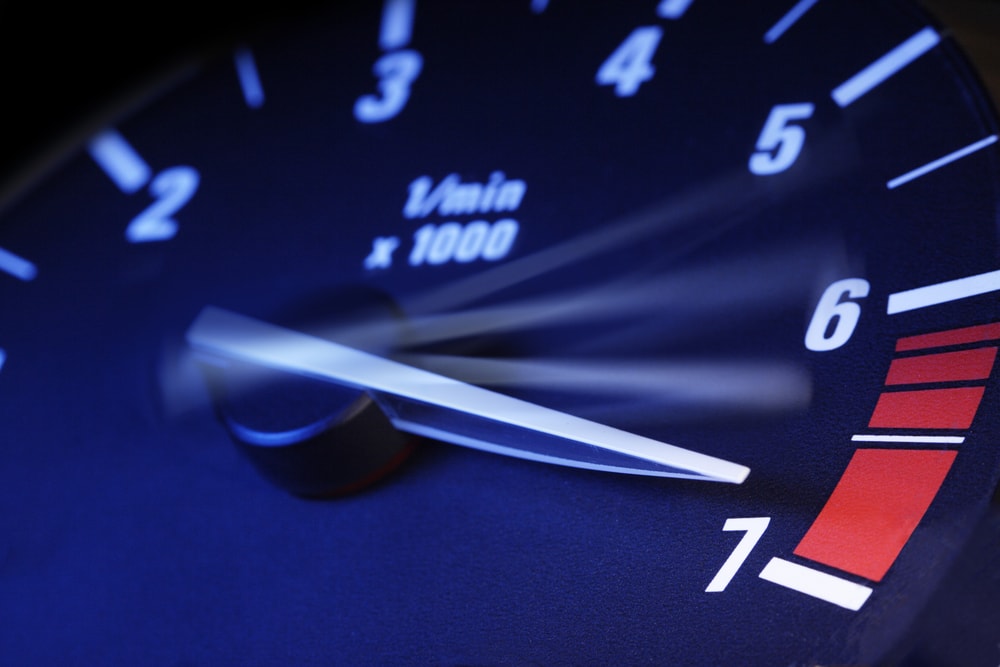
How to Use a Digital Tachometer: Shocking Insights Inside
Share
Understanding how to use a digital tachometer can be a game-changer for tech professionals and enthusiasts alike. Whether you are a mechanic looking to enhance your diagnostic tools, a boat lover curious about optimizing your vessel, or simply a tech geek fascinated by measurement instruments, this guide will provide you with the necessary insights.
A digital tachometer is an electronic device that measures the rotational speed of an object, typically in revolutions per minute (RPM). Utilizing advanced technology, these devices can offer accurate readings and a variety of functionalities that are essential for precision work. This article will delve into the exceptional features of digital tachometers, your essential guide on how to use a digital tachometer, and practical applications to experience their full potential.

What is a Digital Tachometer?
A digital tachometer is a high-tech instrument designed to measure the rotational speed of a shaft or any rotating machinery. Utilizing optical, magnetic, or contact methods, it provides real-time data that can be crucial in various fields such as automotive, marine, industrial applications, and more.
For a deep dive into the inner workings of tachometers, you may refer to this detailed article on Wikipedia.
Why Use a Digital Tachometer?
There are numerous reasons why individuals and professionals might opt for a digital tachometer:
- Precision: Digital tachometers provide accurate results, which are essential for tuning and diagnostics.
- User-Friendly: Most digital models come with easy-to-read displays and multiple functions.
- Versatility: They can be used in various settings, from cars to boats, and even in industrial machines.
- Real-Time Data: Easily track RPM and make adjustments on the fly.
How to Use a Digital Tachometer
Using a digital tachometer is straightforward. Follow these steps:
Step 1: Choose the Right Tachometer
Depending on the application, select a tachometer that meets your needs. For cars, you may want a model capable of measuring high RPMs, while for boats, look for marine-grade options.
Step 2: Setting Up the Device
Carefully follow the manufacturer's instructions for setup. Make sure to connect any additional sensors if required. Most tachometers are designed for simple installation.
Step 3: Calibration
Before taking readings, calibrate the device according to the specifications provided in the user manual. Proper calibration is crucial for accurate measurements.
Step 4: Measuring RPM
Once calibrated, place the sensor on the rotating shaft or in proximity to it, depending on the type of tachometer. The display will show the RPM in real-time.
Step 5: Making Adjustments
Utilize the readings to optimize engine performance or machinery. Frequent checks can help identify issues or areas for improvement.
Common Applications of Digital Tachometers
Digital tachometers have a wide range of applications:
- Automotive: Used for tuning engines and monitoring performance.
- Marine: Essential for maintaining optimal boat operation.
- Industrial: Aids in monitoring machinery speeds for efficiency.
If you're a boat enthusiast, check out this guide on testing tachometers on boats.
Things to Keep in Mind
While using a digital tachometer, keep the following in mind:
- Safety First: Ensure all safety measures are taken when operating machinery.
- Understand Limitations: No tachometer is infallible; always corroborate with other tools when necessary.
- Continuous Learning: Stay informed about advancements in tachometer technology.
Frequently Asked Questions (FAQ)
1. What is the difference between a digital and an analog tachometer?
A digital tachometer provides precise numerical data with added functionalities, whereas analog tachometers display RPM with a needle gauge.
2. Can I use a digital tachometer on a boat?
Absolutely! Digital tachometers are designed for marine applications as well, providing accurate readings for boat engines.
3. How do I troubleshoot my digital tachometer?
Consult the manufacturer's guidelines for troubleshooting. Common issues may involve recalibrating or checking connections.
To learn about adjusting a tachometer, refer to this careful guide on adjusting tachometers.
In conclusion, knowing how to use a digital tachometer can significantly impact the performance of your machinery and vehicles. From enhancing efficiency to providing necessary metrics for maintenance, these devices prove to be invaluable tools.

Additional Resources
For further reading on tachometers, you can check out ScienceDirect for more technical insights.
